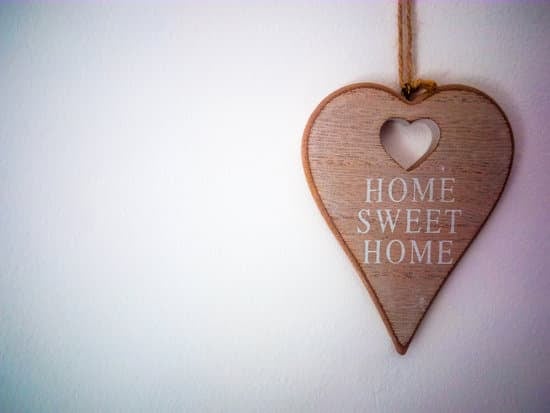Yes, flooring can potentially be tax deductible when it comes to selling your home. However, it’s important to note that not all home improvements are tax deductible. Here are some factors to consider:
Permanent vs. temporary improvements: The IRS considers permanent improvements as those that add value to your home and remain even after you sell it. Examples of permanent improvements include new flooring, an added room, and a complete kitchen renovation. Temporary improvements, on the other hand, are those that may enhance your home’s appearance but do not add significant value. Examples include painting, adding new curtains, and landscaping.
Basis deduction: When you sell your home, you can use the cost of improvements to reduce your taxable capital gains. But in order to do this, you’ll need to adjust your basis (or the amount you paid for your home) by adding the cost of any permanent home improvements. This means you’ll need to keep accurate records of your expenses, including the cost of materials and labor.
Residency requirements: You’ll need to have lived in your home for at least two out of the five years prior to selling it in order to qualify for the home sale exclusion. This exclusion allows you to exclude up to $250,000 of capital gains if you’re single, or up to $500,000 if you’re married and filing jointly.
Overall, while it’s possible to potentially deduct the cost of new flooring when selling your home, it’s important to consult with a tax professional to ensure you’re following all the guidelines and regulations set by the IRS.






















